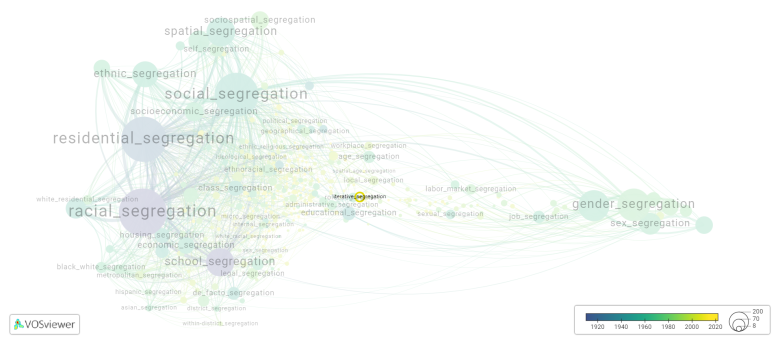Iterative segregation
Date and country of first publication[1]
2019
United States
Definition
Iterative segregation is a process in which individuals or groups are continually separated or divided based on certain characteristics or criteria. This can occur in various contexts, such as social, economic, or educational settings, and can lead to inequalities and discrimination.
For example, in a classroom setting, iterative segregation may occur if students are consistently grouped together based on their academic performance or behavior, leading to further disparities in learning opportunities. In a workplace, iterative segregation may manifest through the continuous exclusion of certain employees from decision-making processes or career advancement opportunities.
Overall, iterative segregation can have damaging effects on individuals and communities by perpetuating social inequalities and limiting access to resources and opportunities. Efforts to address and challenge iterative segregation are essential in promoting equity and inclusion.
See also
Related segregation forms
Iterative segregation is frequently discussed in the literature with the following segregation forms:
This visualization is based on the study The Multidisciplinary Landscape of Segregation Research.
For the complete network of interrelated segregation forms, please refer to:
References
Notes
- ↑ Date and country of first publication as informed by the Scopus database (December 2023).
Iterative segregation appears in the following literature
Zurn P. (2019). Waste Culture and Isolation: Prisons, Toilets, and Gender Segregation. Hypatia, 34(4), 668-689. Wiley-Blackwell.https://doi.org/10.1111/hypa.12498

